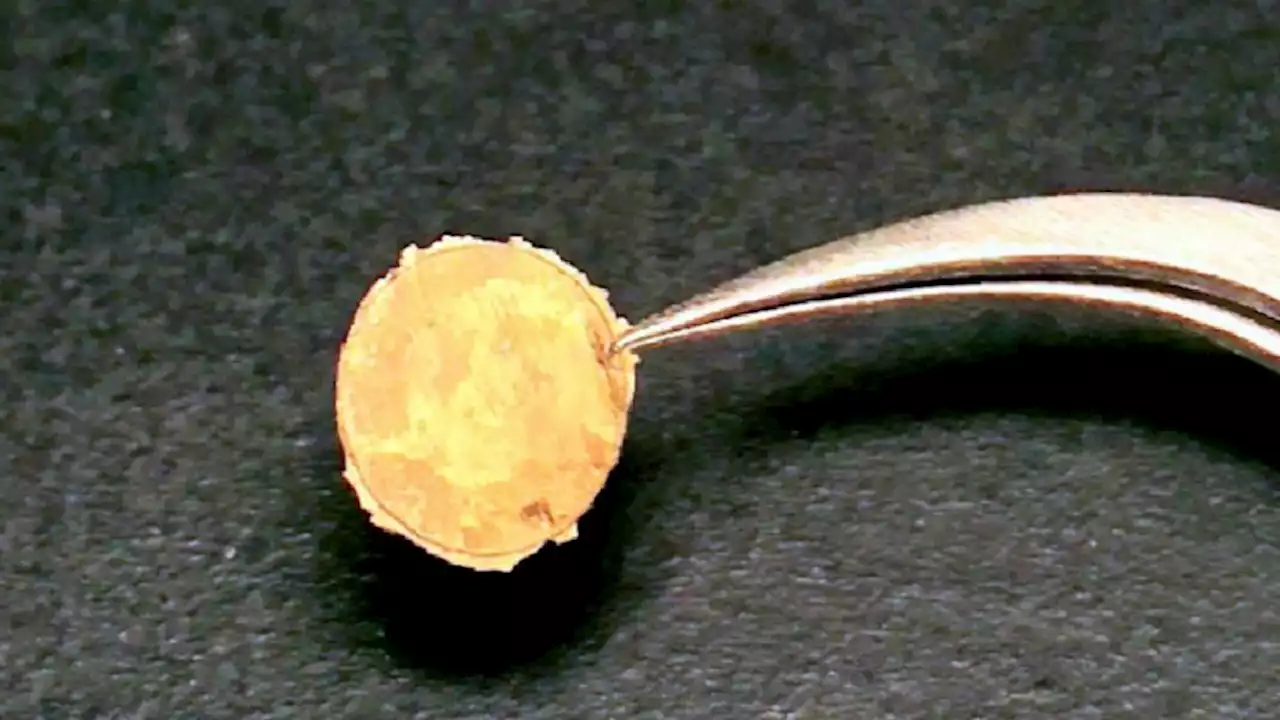And the team notes that the technique is fairly simple to execute. 🤔 engineering
Ou Chen, an assistant professor of chemistry at Brown and corresponding author of the new research.
“What we’ve done is create nanoparticle building blocks that fuse together when you squeeze them. This way we can have uniform grain sizes that can be precisely tuned for enhanced properties.” For this research, the team used nanoparticles of gold, silver, palladium, and other metals and chemically stripped them of the organic molecules called ligands, which generally prevent the formation of metal-metal bonds between particles. The clusters were then able to fuse together with just a bit of pressure.
The new metal coins made with the technique were found to have electrical conduction and light reflectance virtually identical to“Because of what’s known as the plasmonic effect, gold nanoparticles are actually purplish-black in color,” Chen said. “But when we applied pressure, we see these purplish clusters suddenly turn to a bright gold color. That’s one of the ways we knew we had actually formed bulk gold.
